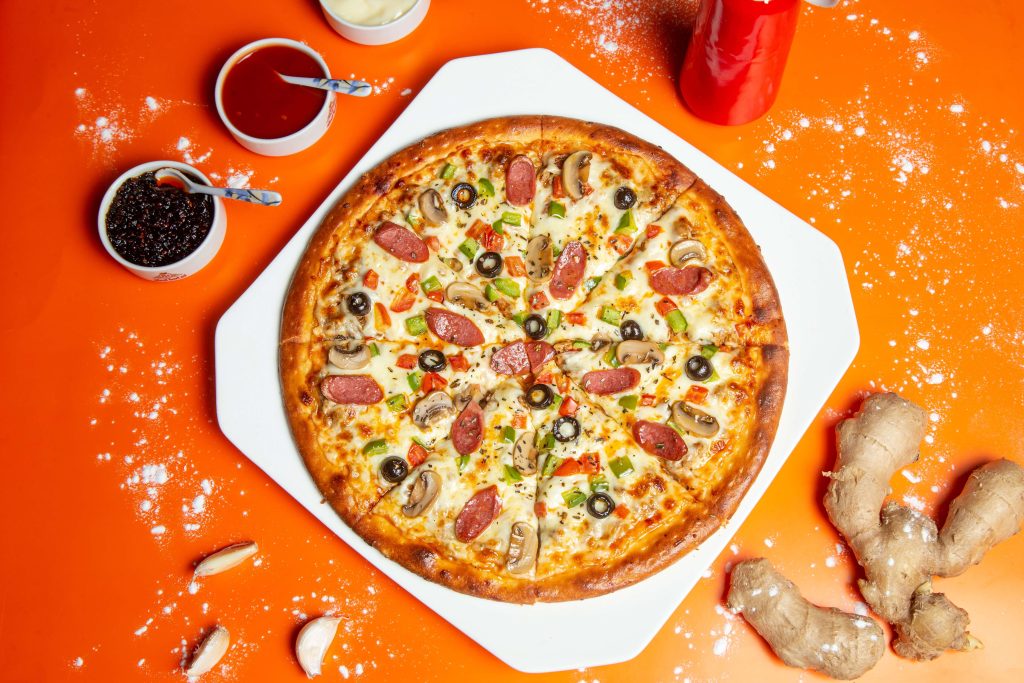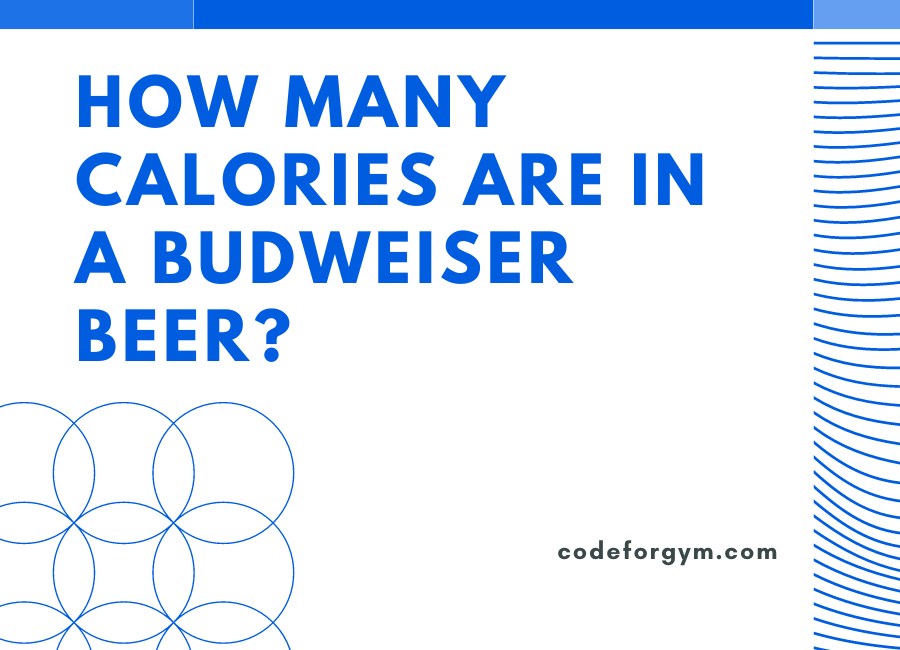Pizza is one of the most beloved foods in the world. It’s easy to grab a slice on the go and satisfy your hunger. However, if you are trying to watch your carb intake, you may be wondering how many carbs does a slice of pizza have. The answer depends on several factors, including the size of the slice, the type of crust, and the toppings.
To begin with, the size of the slice of pizza can significantly affect the carb count.
A small slice of pizza from a regular 12-inch pizza contains around 20-25 grams of carbs, while a large slice of pizza from a 16-inch pizza contains 35-40 grams of carbs.
Thick crust pizzas have more carbs than thin crust ones, as they use more dough. Additionally, some pizza restaurants add sugar to their pizza dough, increasing the carb count even further.
Calories in a Slice of Pizza
Pizza is a popular food across the world, and it comes with a range of toppings. Most people love to have a slice or two of pizza on various occasions, including during social gatherings, movie nights, parties, or just a regular meal.
But, some people worry about the calorie intake when they indulge in a slice of pizza.
The calorie content in a slice of pizza may vary depending on several factors, such as the type of crust used, the size of the slice, and the toppings added. Generally, most slices of pizza range between 200 to 400 calories per slice. Here is some data on the calorie content in a slice of pizza based on the crust:
- Thin crust pizza: A single slice of cheese thin-crust pizza contains approximately 192 calories. However, this can vary depending on the toppings used.
- Thick crust pizza: A single slice of cheese thick-crust pizza contains approximately 290 calories. Again, this can vary depending on the toppings used.
It’s important to note that the calorie content in a slice of pizza can easily increase depending on the type and number of toppings. For instance, if you add pepperoni, sausage, bacon, or extra cheese, the calorie count will increase.
Therefore, it’s essential to be mindful of the toppings and portion sizes when consuming pizza to keep the calories in check.
Pizza can still be enjoyed in moderation as part of a balanced diet. It’s important to practice moderation and make healthier choices when selecting the toppings. For example, opting for vegetables like mushrooms, peppers, and onions can be a healthier choice than fatty meat toppings.
A slice of pizza typically contains between 200 to 400 calories per slice depending on the crust and toppings used. It’s important to practice moderation and make informed and healthier choices when enjoying pizza.
Nutritional Value of Pizza Crust
It is also important to be aware of the nutritional value of pizza crust. In this section, I will explore the nutritional facts of pizza crust.
Calories and Carbohydrates
One serving of pizza crust (about 1/4 of the entire pizza) contains approximately 200-250 calories and 20-30 grams of carbohydrates. The number of calories and carbohydrates is dependent on the type of crust (thin-crust, thick-crust, stuffed crust, etc.) and the size of the slice.
Fiber and Protein
Pizza crust is typically low in fiber and protein. One serving often contains less than 2 grams of fiber and 5-7 grams of protein. However, some pizza crusts may be fortified with added fiber or protein.
Vitamin and Mineral Content
The vitamin and mineral content in pizza crust is generally low. However, some types of crust may contain small amounts of vitamins and minerals. For example, whole wheat pizza crust may contain some iron and B vitamins.
Wrapping up
Pizza crust is a delicious comfort food, but it is important to pay attention to its nutritional value. With high amounts of calories and carbohydrates, and low amounts of fiber, protein, vitamins, and minerals, it is essential to enjoy it in moderation to maintain a balanced and healthy diet.
Pizza Toppings and Carbohydrates
Pizza toppings can affect the number of carbs in each slice of pizza. Keep in mind, however, that the amount of carbs can vary based on the size and thickness of the crust and the quantity of toppings used.

Some pizza toppings have more carbs than others. Here are some common pizza toppings and their estimated carb counts:
- Pepperoni: 1.5 grams of carbs per slice
- Sausage: 2 grams of carbs per slice
- Mushrooms: 0.5 grams of carbs per slice
- Onions: 1 gram of carbs per slice
- Peppers: 0.5 grams of carbs per slice
- Olives: 0 grams of carbs per slice
Keep in mind that if you order a pizza with multiple toppings, the carb count will increase accordingly. Additionally, some pizza places may use high-carb sauces or have higher-carb crust options.
Read next: Are Halls Cough Drops Gluten Free?
If you’re watching your carb intake, you can opt for a thin-crust pizza with low-carb toppings like vegetables or proteins. Another option is to make your own homemade low-carb pizza using almond flour or cauliflower crust.
It’s important to be mindful of the toppings and crust choices when it comes to the carb count in your pizza. By making smart choices and monitoring portion sizes, you can still enjoy a slice or two without derailing your diet.
Remember, the crust is an important factor in determining the number of carbs per slice. Thin crust and thick crust pizzas have different dough compositions and serving sizes which affect their nutritional value.
A typical slice of thin crust pizza with toppings has around 25-30 grams of carbs, however, the exact amount can vary depending on the toppings and the size of the slice. Due to the thinner crust, less dough is used and fewer carbs are present per slice.
Those who are watching their carb intake may find that thin crust is a better option than thick crust.
On the other hand, a slice of thick crust pizza generally has around 35-40 grams of carbs per slice. Thick crust pizza typically has more dough and is served in a larger slice, which increases the number of carbs per serving.
Those who prefer a thicker crust may want to consider limiting their slice size or choosing toppings with fewer carbs to keep their carb count in check.
It’s worth noting that some pizza restaurants offer “light” or “thin-and-crispy” options which may have even fewer carbs than traditional thin crust pizza. Additionally, some keto-friendly restaurants use cauliflower or almond flour as a low-carb crust alternative.
So what can I say? For those looking to minimize their carb intake should opt for thin crust pizza or consider lighter options. Thick crust pizza lovers can still enjoy their favorite food, but may need to be mindful of slice size and carb-heavy toppings. As always, moderation is key when it comes to maintaining a healthy and balanced diet.
Gluten-Free Pizza and Carbs
For those who are gluten intolerant or have celiac disease, gluten-free pizza can be a great alternative. But is it any better for carb count than regular pizza? Unfortunately, the answer is not always straightforward.
Some gluten-free pizza crusts can actually be higher in carbs than regular crusts. This is because the gluten found in wheat flour is replaced with other ingredients, such as rice flour, which can contain more carbohydrates. However, there are some gluten-free options made with almond flour or coconut flour that can be lower in carbs.
It’s important to note that even if a pizza crust is gluten-free and lower in carbs, the toppings can still add up quickly. For example, cheese, tomato sauce, and cured meats can all contain carbohydrates.
According to the USDA, a typical slice of cheese pizza (1/8 of a 12-inch pizza) contains around 35 grams of carbohydrates. While there are some gluten-free options with a lower carb count, it’s still important to be mindful of portion sizes and toppings.
Here’s a comparison of the typical carb counts for one slice of regular cheese pizza versus a gluten-free cheese pizza:
| Type of Pizza | Carb Count per Slice |
|---|---|
| Regular cheese pizza | 35 grams |
| Gluten-free cheese pizza (almond flour crust) | 17 grams |
| Gluten-free cheese pizza (rice flour crust) | 42 grams |
It’s clear that some gluten-free options can be lower in carbohydrates, but it’s important to read labels and be mindful of toppings to make the best choices for your dietary needs.
Good luck!






Be the first to reply